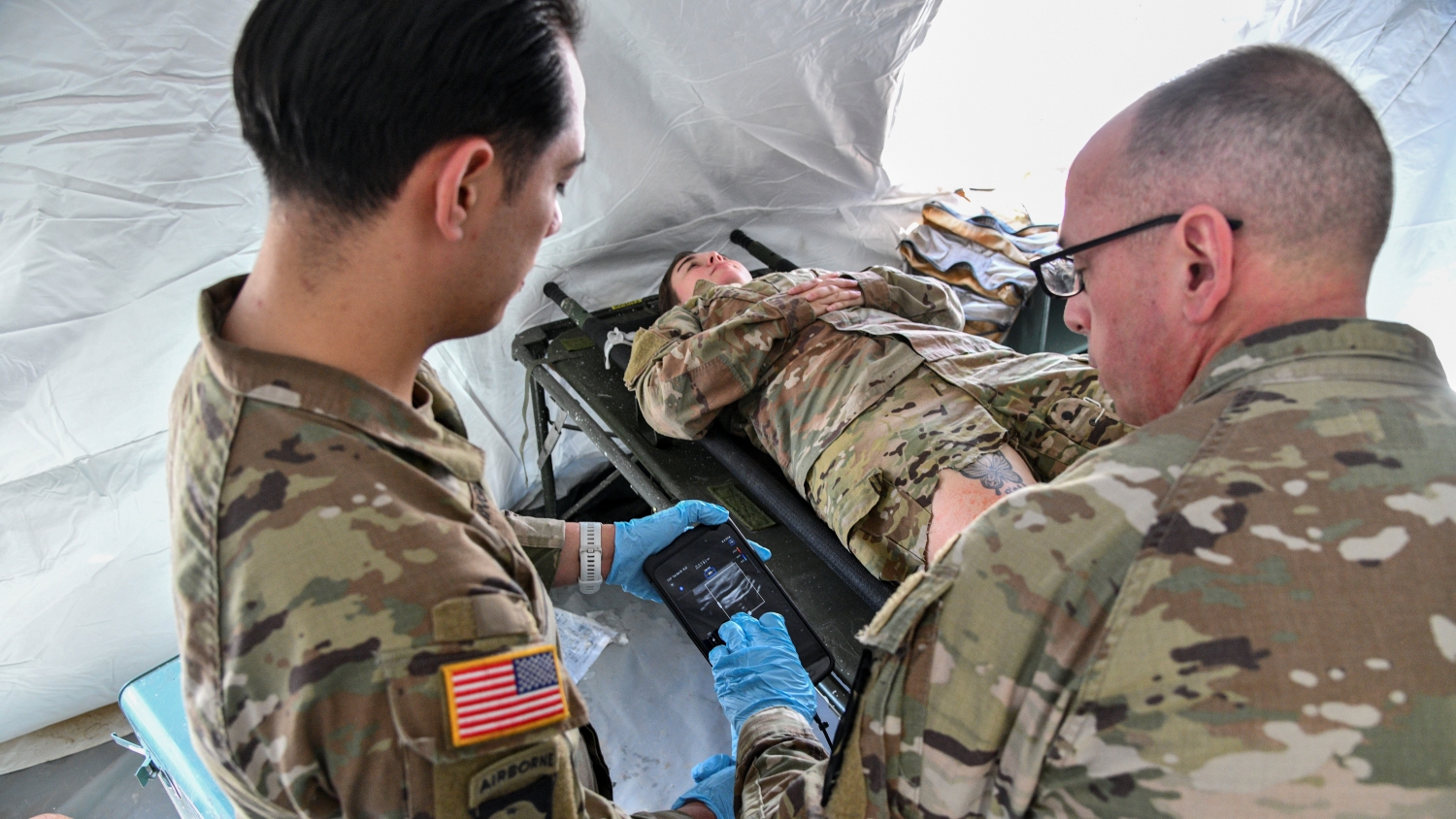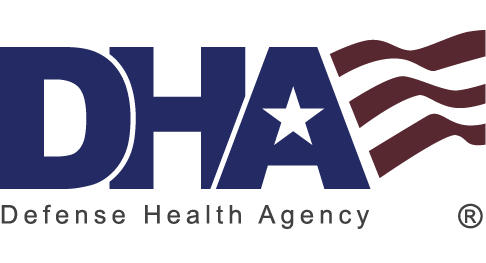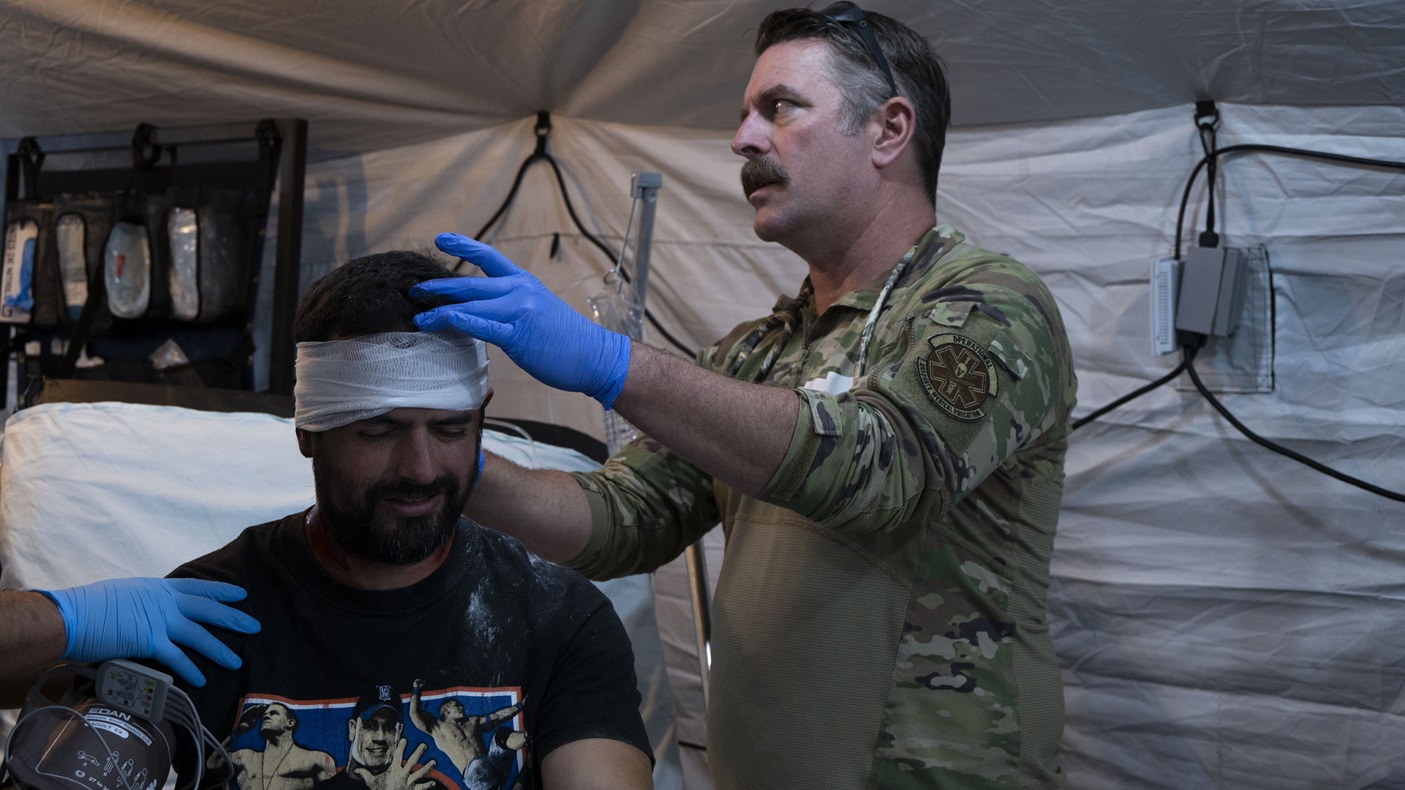Burn Treatment and Skin Repair
Capability: We have a group of FDA-approved products to treat burns right away, even in basic medical settings. These products help prevent infection, cover the burn temporarily, clean the wound without surgery, stop the burn from getting worse, and help doctors assess the burn using digital tools.
Impact: With more explosive weapons being used, burn injuries are becoming more common on the battlefield. Our burn treatment system helps by providing early treatment and preventing infection. This can improve survival rates for about 40% of burn patients. It's also easy to use, which means fewer painful dressing changes.
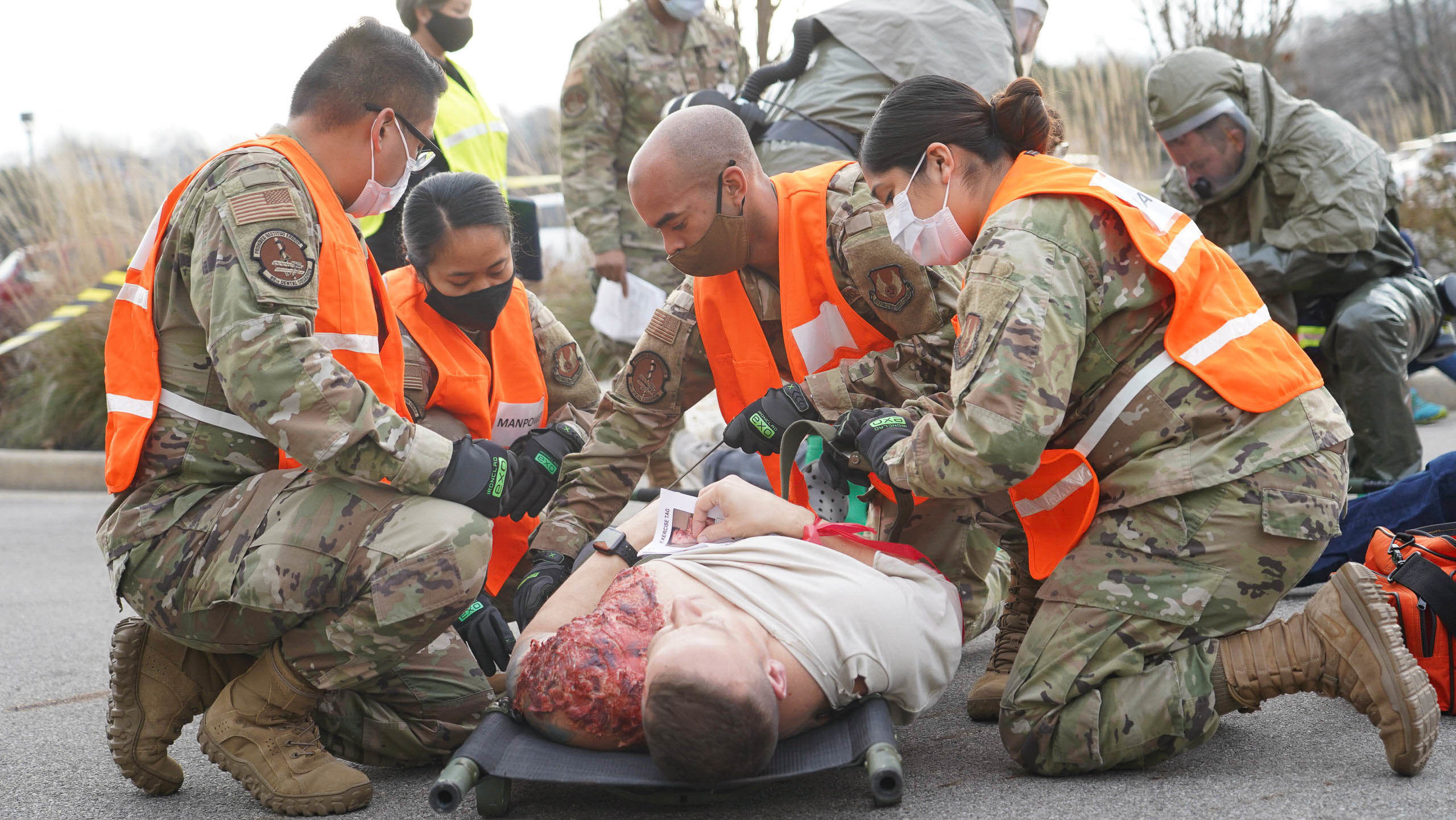
Sterilization
Capability: Flash sterilization cleans surgical tools in 10 minutes or less. It's approved by the FDA and the Environmental Protection Agency. Optical scope sterilization cleans surgical scopes (thin tubes with a camera) in medical settings in the field.
Impact: Our flash sterilization is much faster than traditional methods. If scopes aren't properly sterilized, it can lead to infections. This technology reduces the risk of infection after surgery and helps field hospitals handle more surgeries during emergencies.
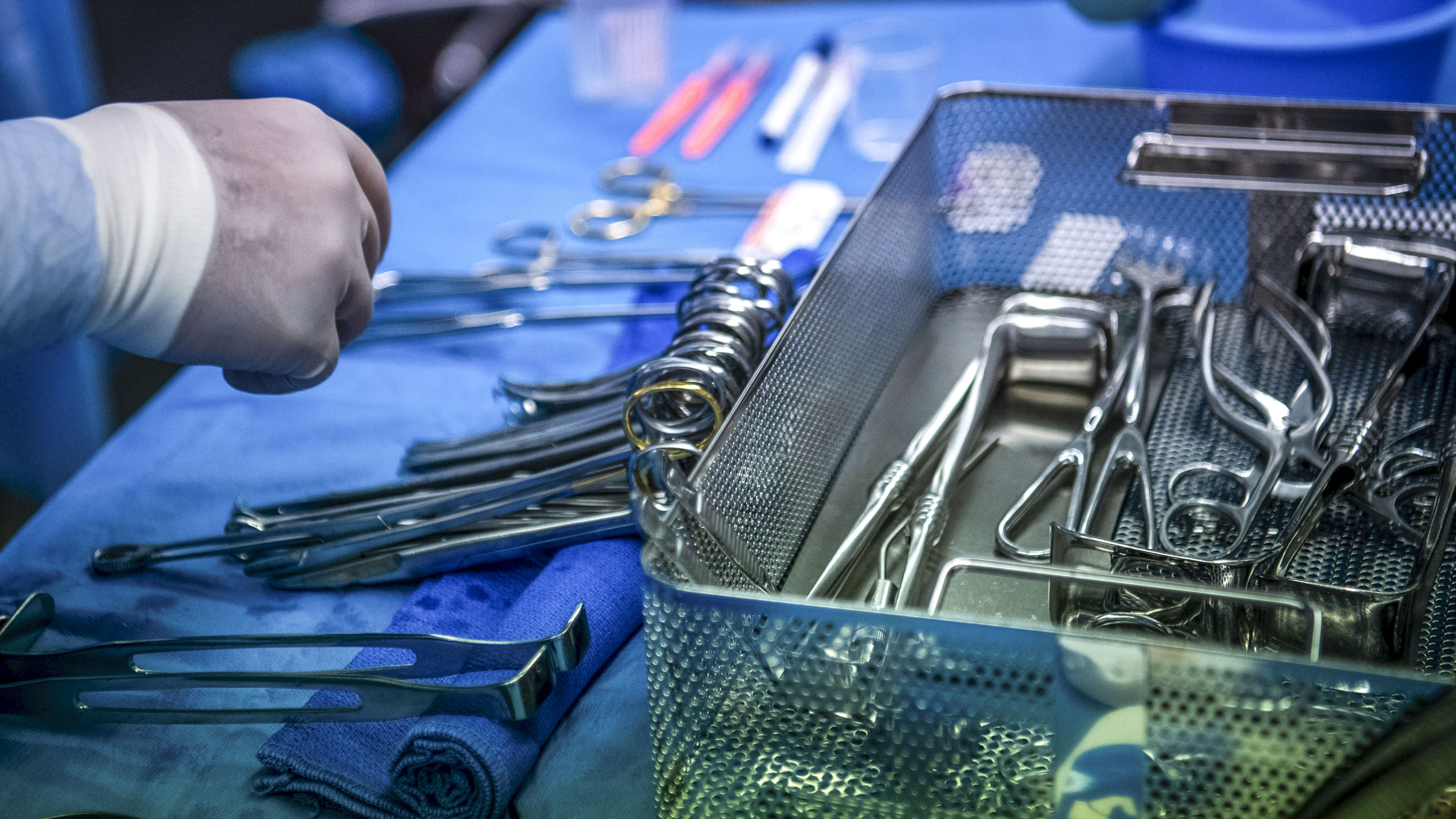
Noncompressible Hemorrhage Control
Capability: We're developing ways to stop severe bleeding in the abdomen that can't be stopped with regular methods like tourniquets (tight bandages) or blood transfusions. These devices will stop the bleeding temporarily until a surgeon can fix the problem.
Impact: Bleeding in the abdomen is a major cause of preventable deaths on the battlefield. By stopping this kind of bleeding earlier, we can save lives.
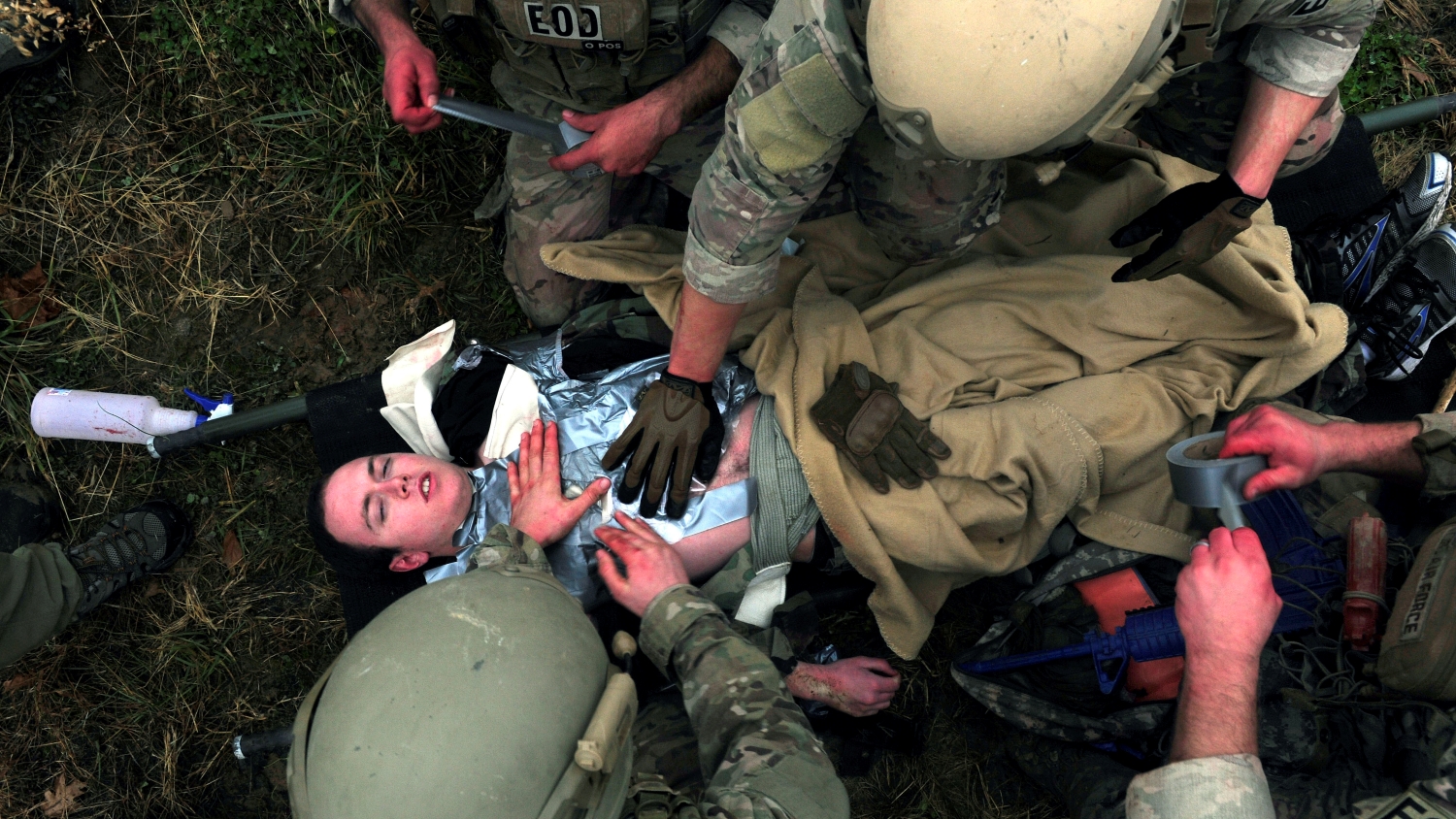
Advanced Medical Monitoring
Capability: We have systems to monitor patients in a more advanced, non-invasive way. This includes the Next Generation Medical Monitor and the Expeditionary Medical Monitor. These tools help with deciding who needs treatment first, making treatment decisions, deciding when to move patients, and monitoring patients over time.
Impact: Better patient monitoring means we can spot life-threatening problems earlier, help decide who needs treatment first, avoid unnecessary evacuations, and help service members return to duty faster.
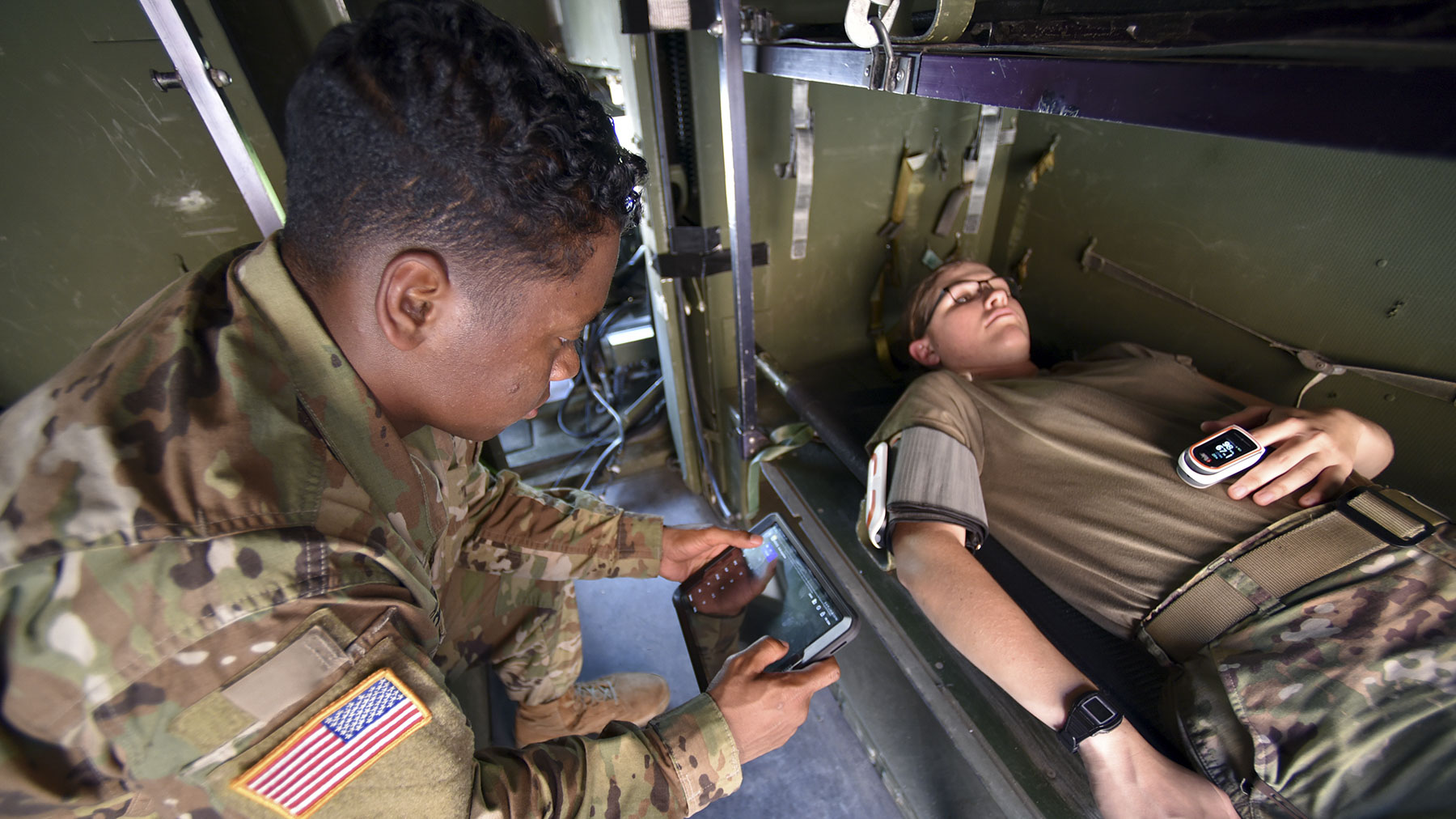
Portable Oxygen
Capability: We have a system that provides oxygen in different forms – concentrated, generated, and delivered – in various medical settings. This includes devices like the Compact Oxygen Generation Medical and COGM At Altitude, which can provide up to 15 liters of oxygen per minute for direct patient use. Other parts of the system can distribute oxygen and refill cylinders.
Impact: Having a reliable oxygen supply closer to the battlefield helps patients recover and prevents damage to vital organs in places where resources are limited. It also costs less than the oxygen systems we currently use.
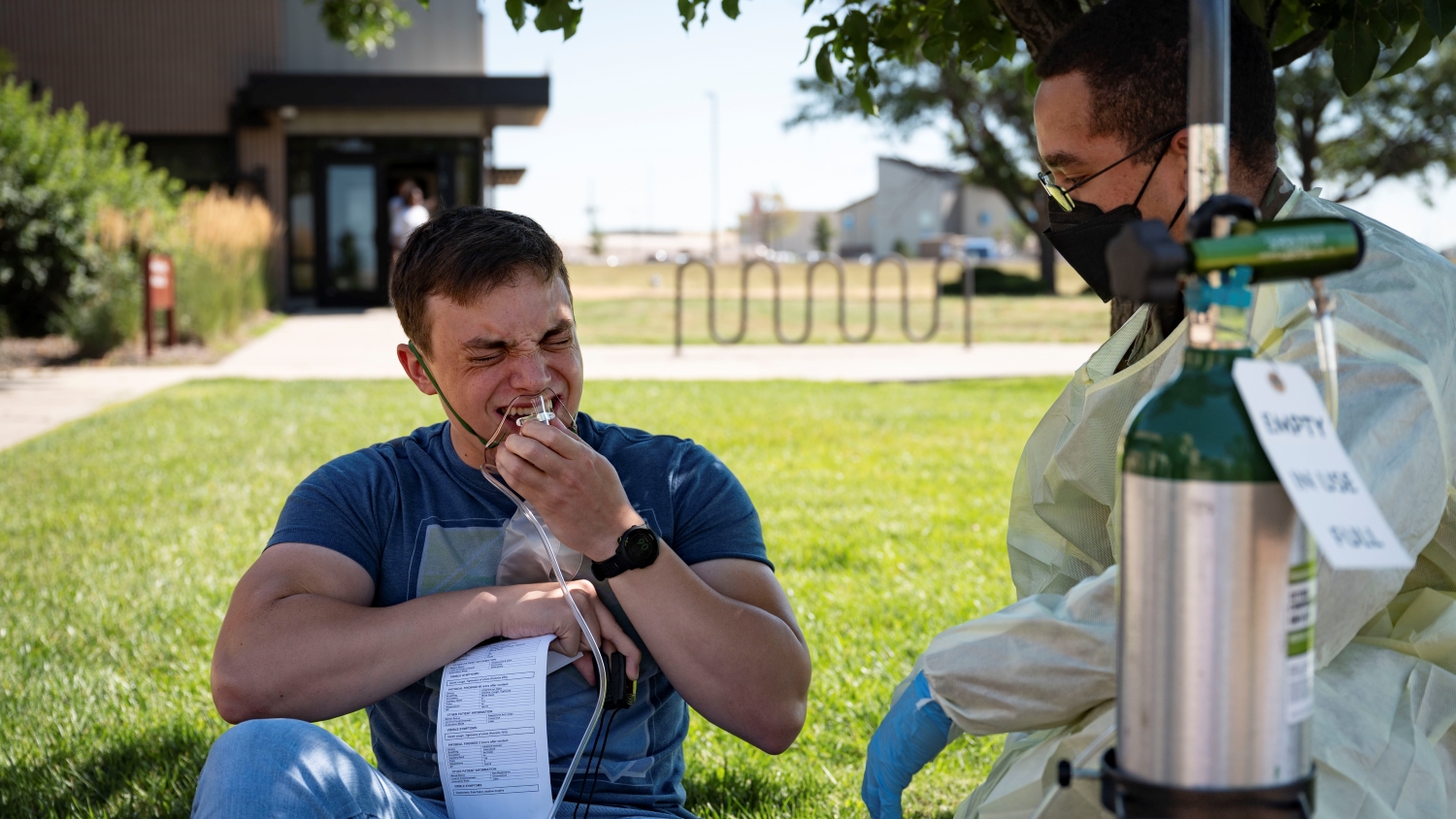
Ultrasound Field Portable
Capability: This small, easy-to-carry ultrasound machine can be used in the field to diagnose injuries and assist with triage, allowing care providers to decide which patients need help first in remote locations.
Impact: Doctors and medics can quickly identify internal bleeding, bone and muscle injuries, and other serious conditions that need immediate treatment.
